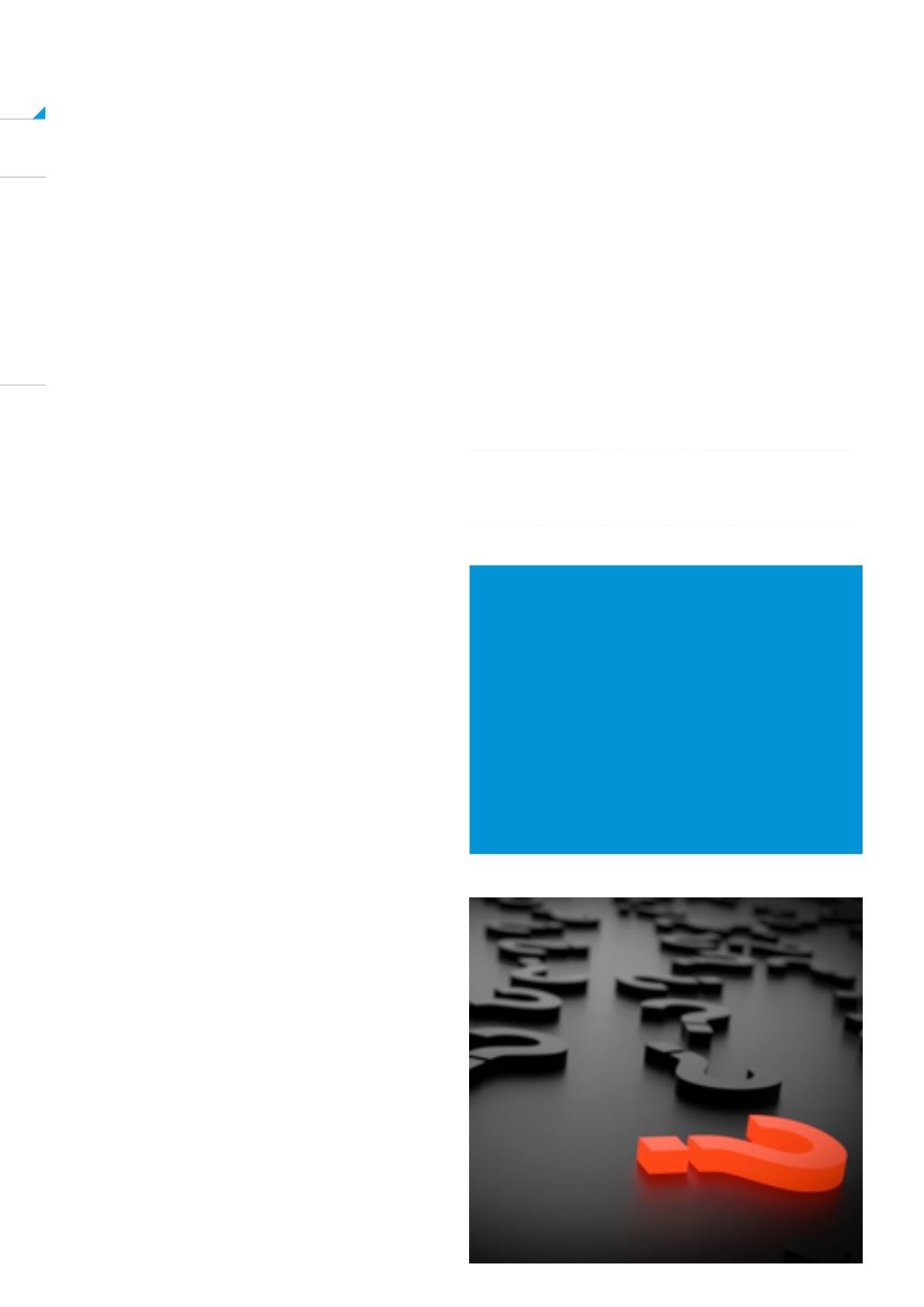
DIY Investor Magazine
|
June 2017
50
Falling bond returns are challenging for DB schemes;
they have been forced to pay high prices for now very
low returning asset classes, and are now possibly facing
rising inflation (and thus rising pension liabilities) that will
require higher pay-outs.
CASH RETURNS
Seeing such high CETVs some may shun all investment
risk and invest their future pension income in cash; the
prospect of rising interest rates may also be attractive.
This is potentially dangerous as the real long term
risk they face is inflation; Figure 1. shows cash as
consistently the worst returning asset class in real terms
over long periods (i.e. retirement).
Many fail to understand how an apparently large cash
sum today will last in meeting long term incomes; try
to do compound interest or discounting in your head,
and it is important to recognise that the personal rate of
inflation in decumulation phase ‘pensioner inflation’ is
often higher that the published UK CPI or RPI rate.
There is a prospect that investors will take too little risk
- too little in assets such as equites and property that
protect against inflation - and invest in ‘lower’ risk assets
such as cash or bonds which fail to deliver positive
returns in the long run let alone real returns.
Those that do invest in real assets may be unaware
of how dangerous sequence of return risk (known as
‘pound cost ravaging’) is to investors.
The order or sequence of returns from a portfolio can
significantly impact the length of time that the pension
pot will ultimately last – up to a decade or more of
difference. Poor early returns mean investors need to
sell more of their portfolio to generate income.
Keeping a cash reserve, regularly reviewing
investments, having a long term, low cost diversified
portfolio, while protecting against inflation and not taking
too high a level of income are crucial success factors;
professional and ongoing advice may be crucial.
EGGS IN MANY BASKETS
A diversified portfolio that is regularly rebalanced can
help minimise downside losses and prevent investors
from buying high and selling low; even a simple
equally weighted portfolio smooths the up and downs
compared to the 12 Investment Association single asset
class sector averages.
PENSIONS FREEDOMS AND HOME EQUITY
Changes in pension legislation and very high CETVs
mean that for many their pension will become their
largest asset – possibly of much higher value than even
their home.
Equity release products are also a factor to consider in
long term income provision.
With sensible planning, it is now possible to tax
effectively pass pension wealth to future generations,
assisted by the new Residence Nil Rate Band for IHT.
It may be better for an investor with a full state
pension entitlement, to spend their pension pot
faster than a typical annuity / DB pension would
allow while they are in good health, knowing
that they have equity in their main residence
to draw from in later life. The improved ‘quality
of life’ that they can enjoy for maybe 10 years
with a higher income, could be a compelling
reason for a DB transfer to access more flexible
benefits.
THERE IS A PROSPECT THAT INVESTORS WILL TAKE
TOO LITTLE


